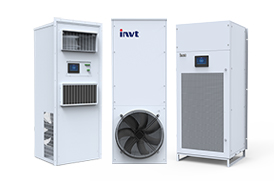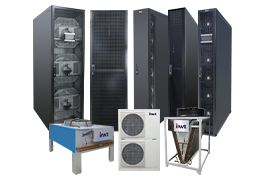IT room power distribution line wiring system
The computer room power distribution line wiring system is an important part of the power system in the computer room. It is responsible for transmitting power to various devices and terminals to ensure the stable operation of the computer room.
Cables are mainly divided into two categories: power cables and control cables (telecom cables).
Power cable: Cable for power transmission and distribution. Power cables can be divided into medium and low-voltage power cables and high-voltage cables according to their voltage levels. Cables with voltage levels of 35kV and below are usually called medium and low-voltage cables, while cables with voltage levels of 110kV and above are called high-voltage cables. Commonly used power cables are plastic insulated power cables.
Control Cable: Cable used to conduct current in protective and operating circuits.
The selection of cables in the computer room is very important: there are many factors to consider when selecting cables, such as multiple cables laid side by side in the air, directly buried underground, laid through pipes, laid overhead, ambient temperature changes, etc. Points to consider are as follows:
1. The insulation properties of cables used in computer rooms should not be less than the conventional expected service life.
2. The selection should be based on factors such as operational reliability, ease of construction and maintenance, and the comprehensive economy of the maximum allowable operating temperature and cost.
3. Should meet the requirements of fire prevention places.
4. When it is clear that coordination with environmental protection is required, environmentally friendly cable insulation types should be selected.
5. When the protective line and the neutral line are independent, a three-core cable should be used: the control cable should be 450/750V. When the influence of external electrical interference is small, a lower-rated voltage can be used.
6. Low-voltage cables should use polyvinyl chloride or cross-linked polyethylene extruded insulation type, and medium-voltage cables should use cross-linked polyethylene insulation type.
7. When it is clear that coordination with environmental protection is required, PVC-insulated cables shall not be used.
8. High-voltage DC transmission cables can be of non-drip-impregnated paper insulation and self-contained oil-filled types.
9. Weak current control cables located in power distribution devices above 110kV should use total shielding or double-layer total shielding.
10. The rated long-term continuous load-carrying capacity of cables and wires should not be less than the maximum calculated current of the electrical load to ensure that they operate within the allowable temperature rise range. If the cross-section of cables and wires is selected to be small, the temperature rise will exceed the allowable value, accelerate the aging of the insulation, reduce the insulation between wires, and threaten the safety of electricity. On the contrary, if the cross-section of cables and wires is selected too large, the project cost will be increased, resulting in a waste of materials and funds.
11. From the perspective of the cable material in the computer room, use copper core cables as much as possible and avoid using lead cores. When current passes through a wire or cable, the existence of impedance will cause a loss of electrical energy, causing the wire or cable to heat up and increase its temperature, which will lead to accelerated aging of the insulation of the wire or cable, resulting in a decline in insulation performance, increased contact resistance, and further It generates heat and oxidizes, causing leakage, disconnection, etc., and even fires. Due to the low resistivity, copper core cables of the same cross-section generate much less heat than aluminum core cables, making the operation safer. Moreover, the connectors of copper core cables have stable performance and will not cause accidents due to oxidation.
12. According to the fire protection requirements of electrical circuits, choose to use halogen-free, low-smoke flame-retardant, fire-resistant, mineral-insulated wires, cables, or branch cables. This can not only better prevent fires from the electrical circuit, but also better ensure the reliability and safety of fire-fighting electricity when a fire occurs.

 networkpowersales@invt.com.cn
networkpowersales@invt.com.cn



























